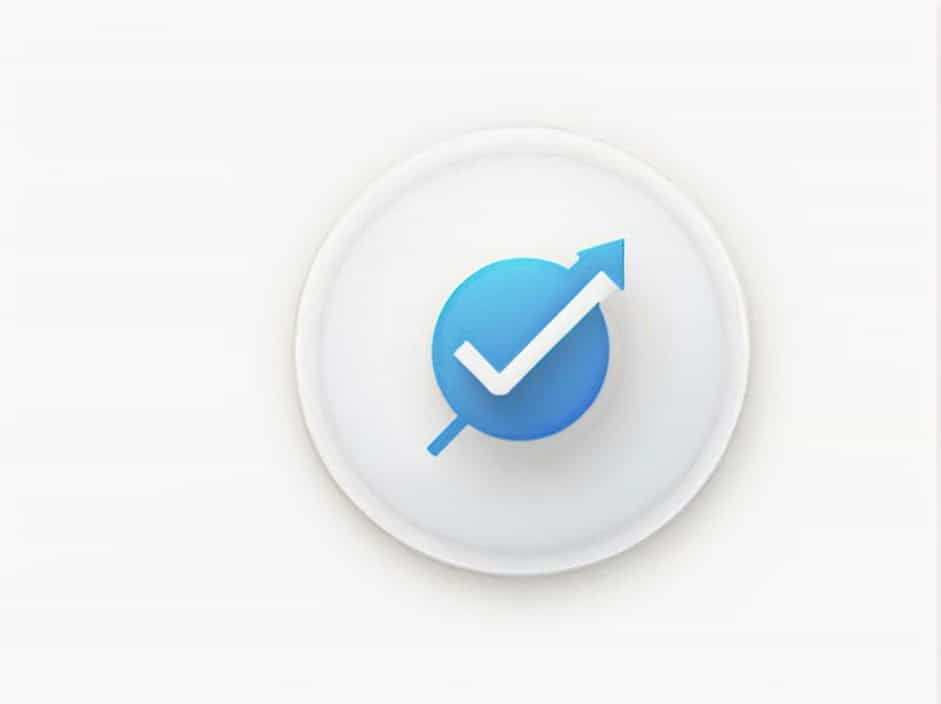In modern data analysis and artificial intelligence, the term Off PC Interval in Sapience has gained attention. Sapience, a platform known for its workforce analytics and productivity monitoring, uses various metrics to track employee activities, including active and idle time on a computer.
One of the key metrics in Sapience is the Off PC Interval, which can help businesses understand how employees manage their work time, breaks, and overall productivity. But what exactly does this term mean, and why is it important? This topic will explain its definition, significance, and impact on workplace efficiency.
What Is Off PC Interval in Sapience?
The Off PC Interval refers to the duration of time an employee spends away from their computer. In Sapience, this metric is used to monitor the gaps in computer usage, which can indicate break times, offline work, or inactivity.
For example, if an employee steps away for a meeting, phone call, or lunch break, Sapience records this period as an Off PC Interval.
Key Components of Off PC Interval:
- Start Time: When the user stops interacting with the computer.
- End Time: When the user resumes activity on the computer.
- Total Duration: The length of time the PC remains idle.
Sapience analyzes these intervals to provide insights into employee work patterns and productivity trends.
Why Is Off PC Interval Important?
1. Monitoring Productivity
By tracking Off PC Intervals, employers can determine:
- How frequently employees take breaks
- The average duration of idle time
- Patterns in computer usage
While short breaks are essential for productivity, excessive Off PC Intervals may indicate distractions or inefficiencies.
2. Identifying Work Habits
Not all work happens on a computer. Employees may engage in offline tasks such as:
- Attending meetings
- Making phone calls
- Brainstorming sessions
- Reviewing physical documents
Analyzing Off PC Intervals helps businesses distinguish between productive offline work and unproductive inactivity.
3. Detecting Work-Life Balance Issues
A high frequency of short Off PC Intervals may indicate constant interruptions, while long, infrequent breaks might suggest burnout or disengagement. By balancing computer work with appropriate breaks, organizations can improve employee well-being.
How Off PC Interval Works in Sapience Analytics
Sapience collects data using automated tracking software installed on an employee’s computer. This software records keyboard and mouse activity to determine when a person is actively working.
Step-by-Step Process:
- Detects Inactivity: When no keyboard or mouse input is detected for a set period.
- Records Off PC Interval: Starts tracking the time away from the computer.
- Resumes Activity: When the employee starts using the computer again.
- Analyzes Data: Sapience compiles these intervals into reports to assess work patterns.
Sapience does not track specific user actions or private information, but rather aggregates productivity data for analysis.
Factors That Affect Off PC Intervals
Several factors can influence the length and frequency of Off PC Intervals:
1. Work Type
- Desk-based jobs (e.g., software development, data entry) → Shorter Off PC Intervals
- Hybrid roles (e.g., managers, consultants) → Longer Off PC Intervals due to meetings and discussions
2. Organizational Culture
Companies with a rigid monitoring system may have fewer Off PC Intervals, while businesses promoting flexible work styles may encourage employees to take breaks when needed.
3. Workload and Stress Levels
Employees under high workload pressure may take fewer breaks, leading to potential burnout. On the other hand, low engagement may result in excessive time away from the computer.
4. Remote vs. Office Work
- Remote workers may have longer Off PC Intervals due to home-based distractions.
- Office workers may have structured break times, leading to more predictable Off PC Intervals.
Optimizing Off PC Intervals for Productivity
1. Encourage Healthy Breaks
Short breaks can enhance focus and prevent fatigue. Employers should:


2. Set Clear Expectations
Companies should define acceptable Off PC Interval durations to ensure accountability. For example:
- Lunch break: 30-60 minutes
- Short breaks: 5-15 minutes
- Meeting time: As per schedule
3. Use Data for Improvement, Not Micromanagement
While tracking Off PC Intervals is useful, excessive monitoring can reduce trust and morale. Businesses should use the data to improve work processes rather than micromanage employees.
4. Balance Work and Non-Computer Tasks
Since many job roles involve offline work, employers should consider all aspects of productivity, not just computer usage.
Common Misconceptions About Off PC Interval
1. “Long Off PC Intervals Mean Employees Are Slacking Off”
Not necessarily. Employees might be engaged in productive offline work such as brainstorming, phone calls, or meetings.
2. “Short Off PC Intervals Mean Employees Are More Productive”
Taking breaks can increase productivity. Employees who never step away from their screens may suffer from mental fatigue and reduced efficiency.
3. “Off PC Intervals Should Be the Same for Everyone”
Different roles require different working styles. A graphic designer may have fewer Off PC Intervals than a sales manager who spends time in client meetings.
The Off PC Interval in Sapience is an essential metric for analyzing employee work patterns. It helps businesses track break times, offline tasks, and overall productivity.
By using this data wisely, organizations can improve efficiency, promote healthy work habits, and support employee well-being. However, it’s crucial to interpret Off PC Intervals correctly and avoid micromanagement or unfair assumptions.
In the end, a balanced approach to monitoring computer activity and recognizing offline contributions is the key to a productive and engaged workforce.
